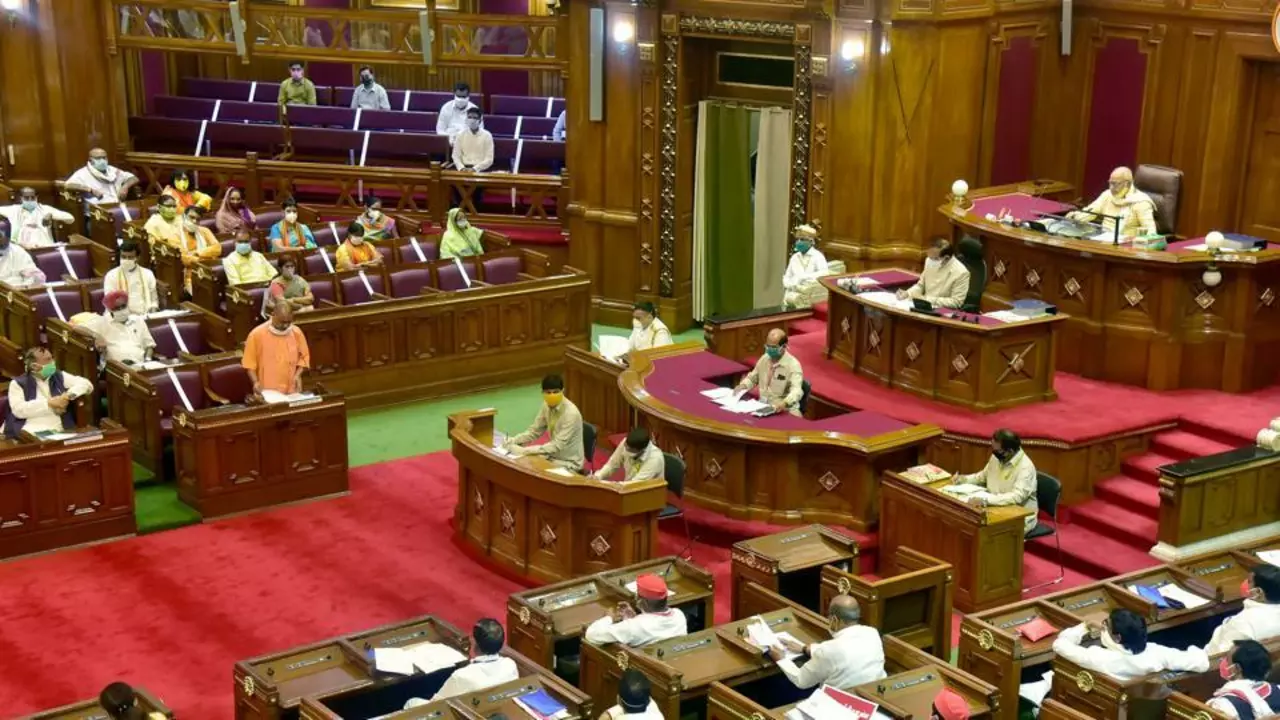Government Evaluation: How to Judge Policies and Performance
Want to know if a government is doing a good job or just sounding good? Start with clear facts, not slogans. This tag collects plain-language pieces that help you check government promises, read reports, and spot misleading news. You’ll find real steps you can use right now.
What to check first
Begin with outcomes, not claims. Look for measurable changes: school enrollment, hospital wait times, road condition, crime rates, or power outages. Don’t rely on a single number — watch trends over months or years. A one-off improvement can be a fluke; sustained change shows real work.
Check budgets and spending. Budgets say where money is supposed to go; spending reports show where it actually went. If a program has big promises but tiny spending, the promises are mostly words. Auditor reports (like CAG) and state audit notes often show gaps between plans and delivery.
Pay attention to service delivery. Ask: Can people use the service easily? Is the help desk responsive? Are benefits reaching the intended people? Citizen complaints, local news, and social media can highlight problems faster than official stats.
How to read news and data
Always check the original source. If an article cites a number, find the report or dataset it came from. Official PDFs, budget papers, survey data, or audit reports are better than quotes. If a claim is dramatic, look for the table or chart behind it.
Compare multiple sources. A government press note, an independent think tank study, and a local newspaper together give a clearer picture than any one of them alone. Watch for selective use of timeframes — sometimes critics pick bad months and supporters pick good months.
Be wary of flashy language. Headlines that promise scandal or miracle often aim for clicks. Read past the headline and check the numbers. Also watch for mixing correlation and causation: if unemployment drops after a policy, it might be because of other factors.
Use simple metrics often mentioned here: budget versus spending, targets met versus targets set, per-capita figures (so you can compare states), trend lines over several years, and third-party audits. For local issues, citizen feedback and on-the-ground reporting matter more than national headlines.
If you want to act: file an RTI, contact your local representative, join a public hearing, or support independent audits. Small civic steps often force clearer reporting and better follow-through.
This tag on News Lives India groups stories, explainers, and checklists that help you evaluate government work without jargon. Read a few pieces, follow the data, and you’ll spot the real progress — or the gaps — much faster.
What do you think of the current Uttar Pradesh government?
In my view, the current Uttar Pradesh government has made notable strides in infrastructure and crime control, yet there's room for improvement in areas like healthcare and education. The government's efforts to improve law and order are commendable, although the implementation could be more effective. The focus on infrastructural development is impressive, but a balance needs to be struck with social development. The healthcare system, particularly during the pandemic, has shown gaps that need immediate attention. Lastly, education, a critical area, also requires more focus to ensure future growth and development.
